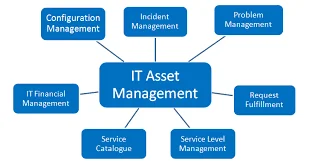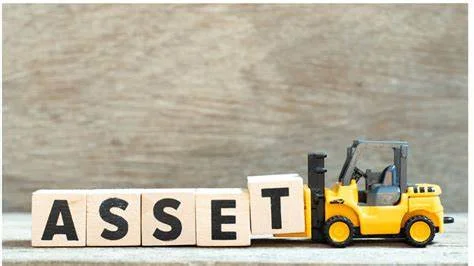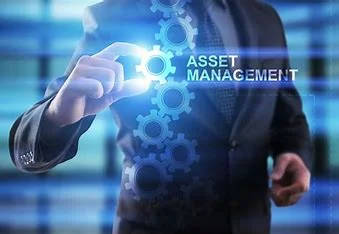Maximizing Efficiency with Effective Asset Management

In today's dynamic business environment, organizations are continually challenged to optimize resources, minimize costs and maximize efficiency. Asset management plays a pivotal role in achieving these objectives by providing a systematic approach to acquiring, tracking, maintaining and disposing of assets throughout their lifecycle. In this blog, we'll explore the importance of asset management, its key components and best practices for implementation.


 Asset Inventory
: Establishing a comprehensive inventory of assets is the foundation of
effective asset management. This inventory should include detailed information about
each asset, such as its location, condition, purchase date, depreciation value and
associated costs.
Asset Inventory
: Establishing a comprehensive inventory of assets is the foundation of
effective asset management. This inventory should include detailed information about
each asset, such as its location, condition, purchase date, depreciation value and
associated costs.
